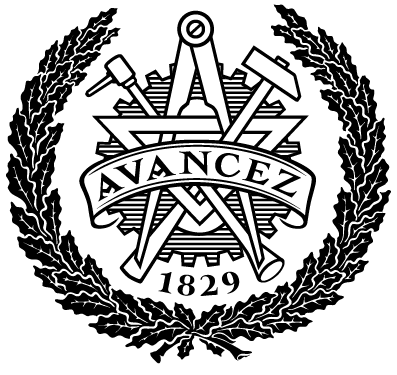Monte Carlo Simulation of Runaway Electrons
Ladda ner
Publicerad
Författare
Typ
Examensarbete för masterexamen
Master Thesis
Master Thesis
Program
Modellbyggare
Tidskriftstitel
ISSN
Volymtitel
Utgivare
Sammanfattning
Runaway electrons appear in tokamak plasmas during thermal quenches - disruptions that change the plasma conducti-vity. This gives rise to an accelerating electric field, which if, higher than the decelerating Coulomb friction force, can give electrons unlimited acceleration, resul-ting in relativistic particles, which may damage the first wall of the tokamak. In this thesis, I am discussing the relevance and application of computer simulation to model runaway electrons. The code that is used is called ARENA (Avalanche of Runaway Electrons Numerical Analysis), which utilises a Monte Carlo approach to solve the three-dimensional bounce averaged Fokker Planck equation. I also compare with the LUKE finite difference solver for primary runaway generation, as well as numerical and theoretical data [1, 2]. The majority of the thesis deals with perfor-mance and structural updates to the decade-old ARENA code which has resulted in a new ARENA 90-code which is written in the Fortran 90 language and is under active development by EFDA-ITM (European Fusion Development Agreement - Integrated Tokamak Modelling) task force. I have also made a proof of concept of a parallelised collision operator running on a GPU (Graphics Processing Unit) using the OpenCL API (Application Programming Interface) stan-dard, which demonstrates the exibility of the new ARENA code. The thesis is primarily centred around two bench-marks, the preservation of a Maxwellian distribution with no outer electric field, and primary runaway generation under a constant electric field. In addition, there is an in-depth discussion of the simulation parameter space and design solutions of the ARENA code. Secondary generation from a seed of runaway electrons is discussed, but not implemented in the new version of the code. The final results show a good match of published data for all test cases considered. The speed of simulations is greatly increased compared to the old ARENA code and the porta-bility and usability of the new code should help contri-bute to future works. Together, this offers valuable insight on the possible applications and limitations of runaway simulation and the ARENA code in particular.
Beskrivning
Ämne/nyckelord
Fysik, Physical Sciences
